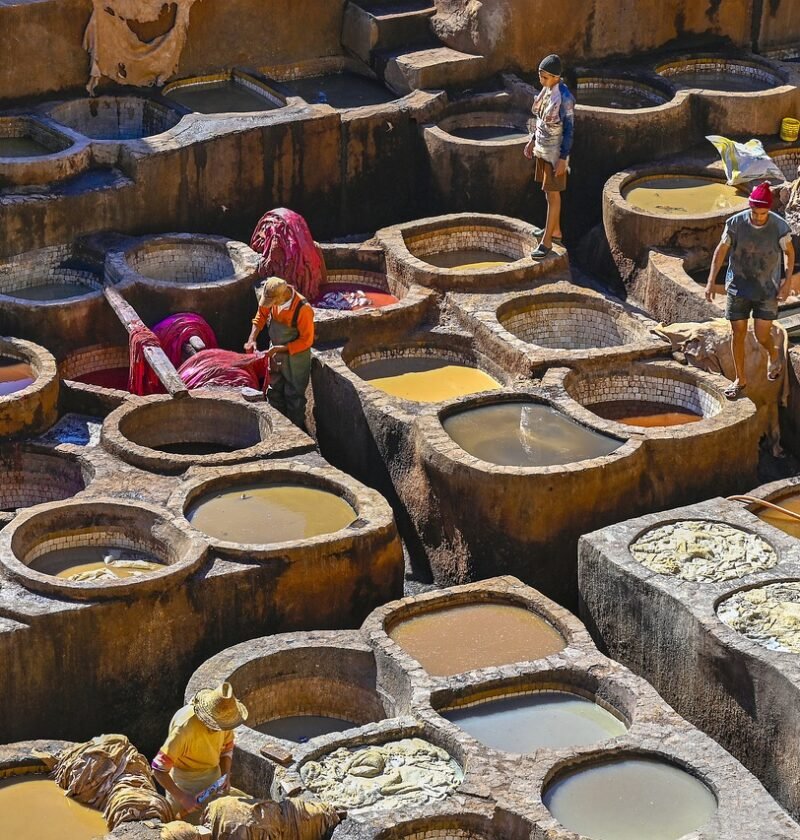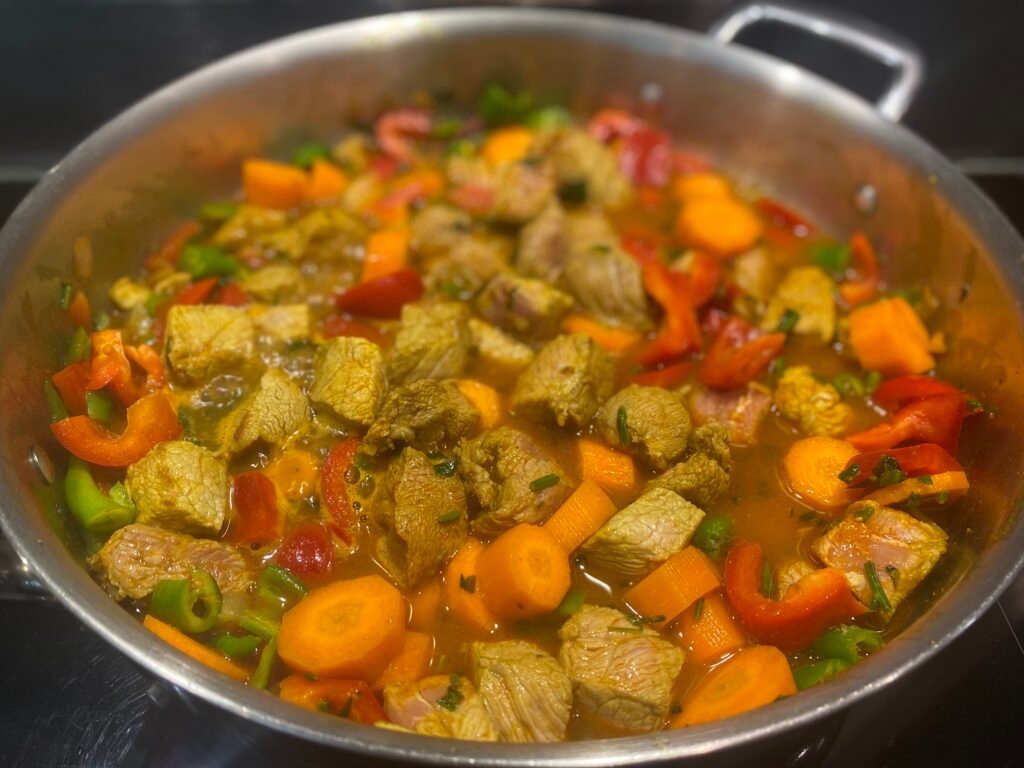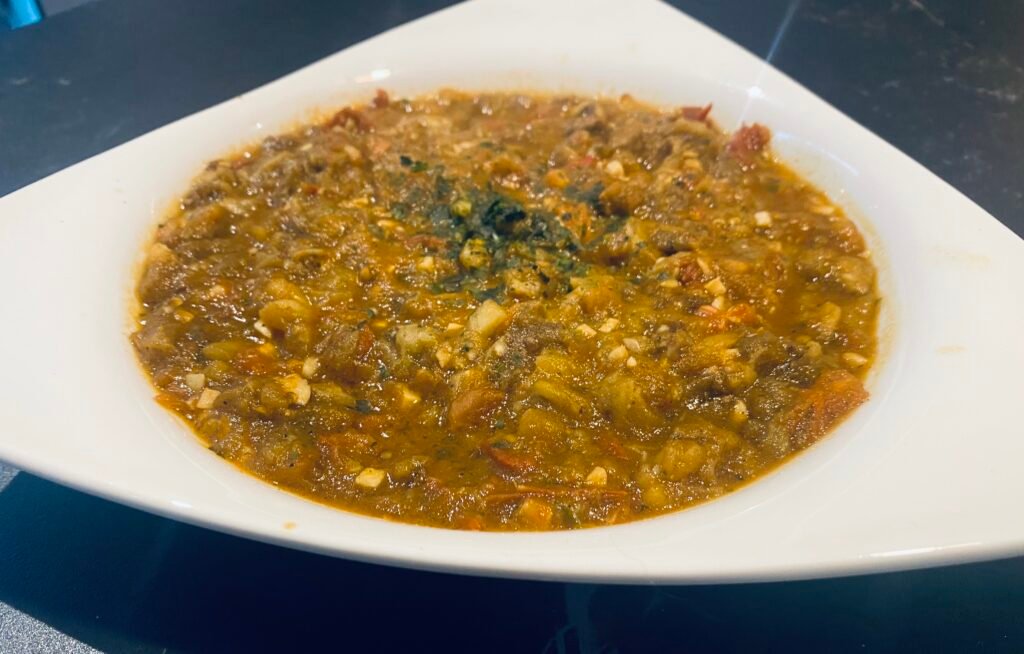Located in the far northwest of Africa, Morocco is a crossroads between ancient traditions and modern influences. With its varied landscapes ranging from the dunes of the Sahara to the Atlas Mountains and the Atlantic coasts, this country is superb. My grandfather worked there when it was still a French colony and my father therefore lived there until he was 18; every Sunday, my grandmother prepared delicious Moroccan dishes for us.
Culture and History
Morocco is a fascinating mix of Berber, Arab and European cultures. Fez, Marrakech, and Rabat tell the story of a kingdom rich in its dynasties and its Islamic heritage. From colorful souks to labyrinthine medinas, each Moroccan city is an immersion in a world where past and present intersect harmoniously. Mint tea, the symbol of hospitality, is a drink you will find everywhere, served theatrically and with kindness.
Traditional Cuisine and Gluten Free Options
Moroccan cuisine is known for its generosity, its fragrant spices and its emblematic dishes such as couscous, tagine, and pastilla. For gluten-free options, several alternatives exist to enjoy the authentic flavors of Morocco.
- Tagines : Made up of vegetables, meats and spices (such as saffron and cumin), they are naturally gluten-free if you avoid adding semolina or bread on the side.
- Moroccan salads : Salads such as zaalouk (eggplant puree) and taktouka (pepper and tomato salad) are not only delicious but also gluten-free.
- Harira : This traditional soup can be adapted by binding it with cornstarch.
- Cakes and pastries : Although many Moroccan pastries contain gluten, there are almond-based recipes like ghribas or stuffed dates that are naturally gluten-free.
Travel to Morocco
No articles found





